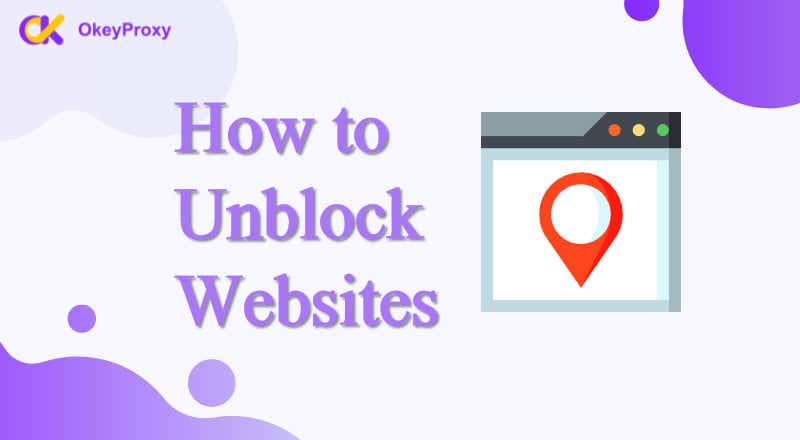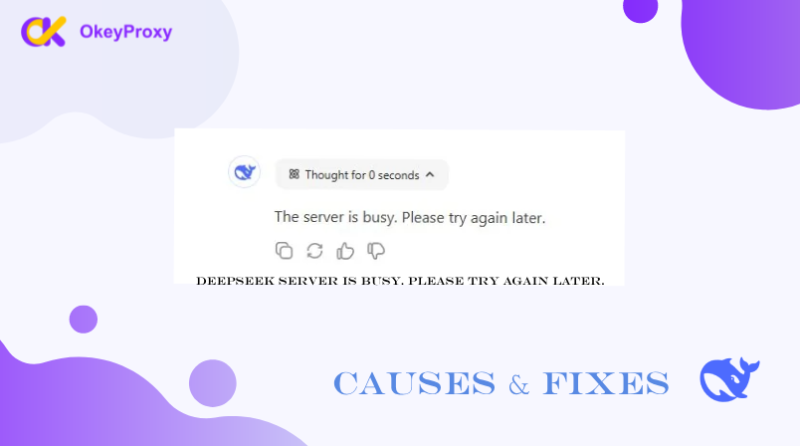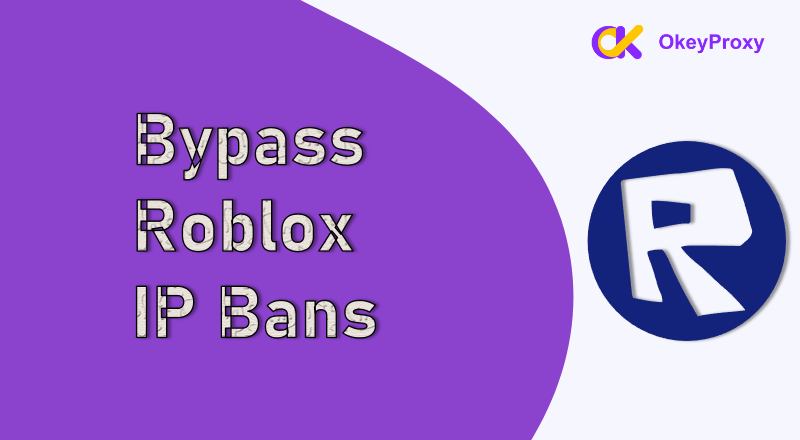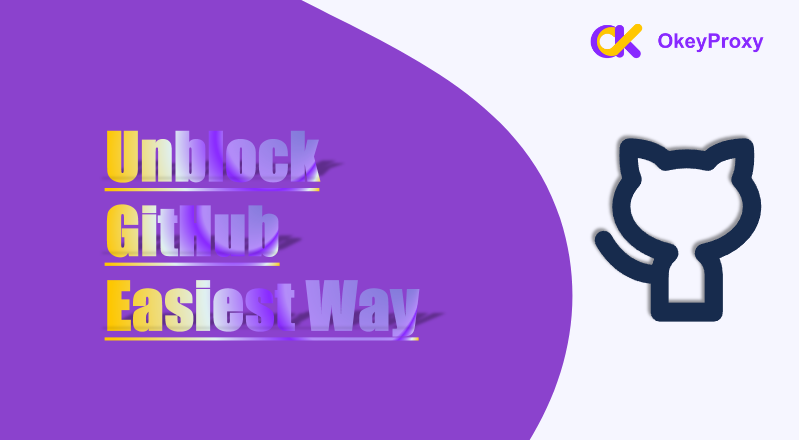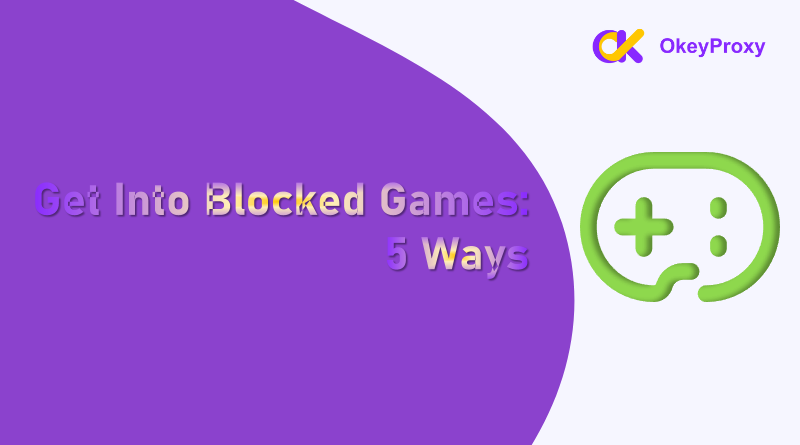The internet is vast, whether for work, education, or entertainment, having unrestricted access to information is essential. Unfortunately, not all websites are accessible to everyone at all times, many users encounter blocked websites due to various reasons, including geographic restrictions, workplace policies, or government censorship. There are effective ways of bypassing these restrictions to unblock websites and access the desired content.
Why Websites Are Blocked Sometimes?
Websites can be blocked for several reasons, and understanding these restrictions can help in choosing the best unblocking method. Common reasons include:
-
Geo-restrictions: Some services, such as streaming platforms like Netflix, Hulu, and BBC iPlayer, limit content availability based on geographical location.
-
Government censorship: Certain countries block access to specific websites or social media platforms to control information flow.
-
Network restrictions: Schools, offices, or public Wi-Fi networks may restrict access to particular websites to improve productivity or preserve bandwidth.
-
ISP filtering: Internet service providers (ISPs) may block access to certain websites or throttle services for various reasons.
Is VPN One of Website Unblockers?
Yes, a VPN (Virtual Private Network) is one of the tools used to unblock websites.
A VPN can function as a website unblocker by masking the user’s IP address and routing traffic through a secure server, allowing access to geo-restricted or blocked websites. However, it’s not always recommended because VPNs can slow down connection speeds, offer inconsistent IP addresses, and may be blocked by certain sites.
How to Unblock Websites without VPN Effectively?
No.1 Method: Proxy Servers Unblock Websites
One of the most popular and straightforward methods to unblock a website without VPN is using a proxy server.
A proxy acts as an intermediary between your device and the internet, hiding your real IP address and making it appear as though you’re browsing from a different location. Proxies, especially rotating ones, are often preferred for faster, more reliable access without the drawbacks associated with VPNs, particularly for large-scale or frequent usage scenarios.
How to unblock websites proxy:
-
You connect to the proxy server, and the server accesses the blocked website on your behalf.
-
The chosen proxy then forwards the website’s content to your browser.
Pros:
-
Easy to use and widely available, including phones, computers, specific browsers or apps.
-
Great for accessing websites blocked in specific regions.
Cons:
-
Free proxies can be slow and unreliable.
-
May not work with all websites or offer adequate privacy.
Recommendation: OkeyProxy
For users seeking a reliable and fast proxy service, OkeyProxy provides high-quality proxies with IP rotation and static IP options. This allows seamless access to blocked websites, ensuring fast connection speeds and secure browsing.

Related Article: Official Guide of OkeyProxy
No.2 Method: Tor Browser Unblocks Websites
For those seeking privacy and anonymity while unblocking websites, the Tor Browser is an excellent option. Tor routes your internet traffic through multiple servers (or “nodes”) across the world, making it difficult for websites or networks to trace your real IP address.
Remember, while you’re unblocking blocked websites, Tor does not prevent websites from determining whether you are accessing the site through Tor. Although it protects privacy, it does not hide the fact of Tor. Some websites restrict users who use Tor.
How to unblock websites on Tor:
-
Tor uses multiple encryption layers and routes your data through a decentralized network of volunteer-run servers.
-
Open Tor selecting three Tor nodes in the network to hide your real location and identity, allowing access to blocked content.
Pros:
-
Excellent for maintaining privacy and anonymity.
-
Effective for bypassing censorship and government restrictions.
Cons:
-
Slower browsing speeds due to the multiple server hops.
-
Some websites block Tor traffic.
No.3 Method: Extensions to Unblock Websites
Several browser extensions are designed to unblock websites by quickly changing your IP address or routing your traffic through proxy servers or VPNs. Popular extensions include Hola VPN, Browsec, and ZenMate.
How to unblock websites at extension:
-
You install the extension on your browser, activate it, and start browsing blocked websites immediately.
-
These extensions often offer both free and premium options, with premium providing faster speeds and more server locations.
Pros:
-
Simple to install and use.
-
Ideal for quick access to blocked websites directly from the browser.
Cons:
-
Free versions may offer limited bandwidth or slower speeds.
-
Security may not be as robust as dedicated VPN services.
No.4 Method: HTTP(s) as Website Unblocker
In some cases, websites are blocked only at the HTTP level, switching to the HTTPS version might allow you to bypass the block, and vice versa. Many modern websites support both versions, and accessing the HTTPS version or HTTP version can sometimes get around network restrictions.
How to unblock websites via HTTP(s):
-
Simply type “https://” or “http://” before the website’s URL and see if it loads.
Pros:
-
A quick and easy method to try before resorting to other tools.
-
Doesn’t require any special software.
Cons:
-
Not all websites have an HTTPS version.
-
May not work on more sophisticated blocks, such as geo-restrictions.
No.5 Method: New DNS as Website Unblocker
Sometimes, websites are blocked at the DNS level. By changing your device’s DNS settings to use a public DNS server like Google DNS or Cloudflare DNS, you may be able to bypass these blocks.
How to unblock websites by DNS server:
-
Your ISP assigns a DNS server that might block certain websites. Switching to an open DNS allows you to bypass these restrictions.
Pros:
-
Free and easy to change your DNS settings.
-
Can sometimes improve browsing speed and security.
Cons:
-
DNS changes won’t work for all types of blocks, particularly those at the IP level.
-
May require some technical knowledge for setup.
No.6 Method: Web Unblocker – Translate/Cache
If you only need access to the text of a blocked webpage, you can use Google Translate or Google Cache to bypass the block. Google Translate allows users to enter a URL for translation, effectively bypassing blocks, while Google Cache provides stored versions of websites.
How Google Translate/Cache unblocks websites:
-
Paste the blocked website’s URL into Google Translate and choose a language to translate into (even translating into the same language can work).
-
Google Cache stores older versions of web pages, which can be useful for accessing content blocked in real-time.
Pros:
-
Free and easy to use.
-
Quick access to text-based content on blocked websites.
Cons:
-
May not work for media-rich websites or dynamic content.
-
Won’t provide real-time updates if using cached versions.
No.7 Method: Web Unblocker – URL Shortener
Another creative way to bypass blocked websites is by using a URL shortener. By shortening the URL of the blocked site, you may evade some restrictions that apply to the original link.
How URL Shortener unblocks websites:
-
Use a service like Bitly or TinyURL to create a shortened version of the blocked URL.
-
Access the shortened link to view the content.
Pros:
-
Simple and quick method to try.
-
Bypasses basic URL-based restrictions.
Cons:
-
Not effective against more stringent filters or firewalls.
-
Some shortened links may also be blocked.
Any Risks Associated with Unblocked Websites?
Sure, unblocking websites can pose several risks, including exposure to malicious content, privacy violations, and legal consequences. Accessing unblocked sites may lead to inadvertently downloading malware or engaging with phishing attempts that compromise personal information. Additionally, using unverified methods or tools to bypass restrictions, such as free proxies or VPNs, can expose users to data logging or breaches, putting sensitive information at risk. Moreover, depending on regional laws, accessing certain blocked content may violate legal regulations, potentially resulting in fines or other penalties. Thus, it is crucial to approach website unblocking with caution and employ secure, reputable methods.
Final Thoughts
Accessing blocked websites doesn’t have to be a complicated process. With a variety of tools and methods available, users can choose the option that best suits their needs. Whether it’s using an unblock websites proxy, opening Tor browser, or simply switching DNS settings, regaining access to restricted content is easier than ever. For fast and reliable unblocking, OkeyProxy offers a top-tier proxy service that combines speed and privacy, making it an excellent choice as web unblocker for those seeking a proxy-based solution to unblock a website.

